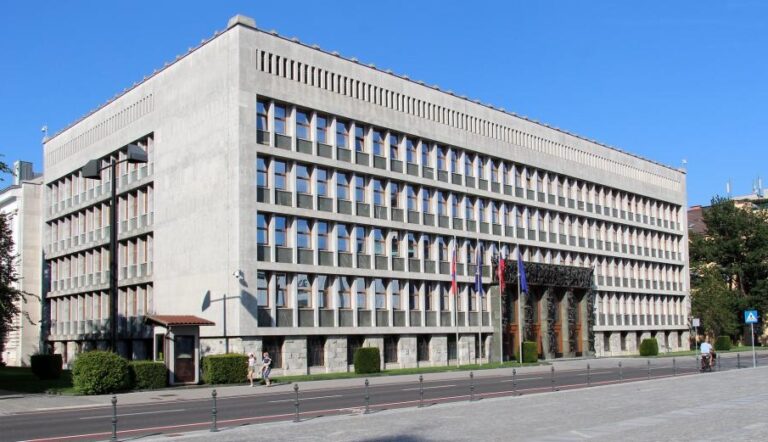Last April, Prime Minister Kishida Fumio’s administration tweaked a Justice Ministry ordinance, aiming to tighten the rules around accepting international students. Under the new regulations, educational institutions must ensure proper enrollment standards and manage international students’ classroom attendance and part-time job records. Institutions failing to meet these standards won’t be allowed to enroll foreign students, and those students won’t be granted residential status.
At first glance, this might seem like an attempt to curb the number of international students coming to Japan. However, the reality is quite the opposite. Japan has been striving to attract more international students since the 1980s.
Back in 1983, Prime Minister Nakasone Yasuhiro launched the ambitious “Plan to Accept 100,000 Foreign Students,” aiming to hit that target by the early 21st century. The number of international students in Japan grew from about 10,000 in 1983 to around 54,000 by 1995. Economic downturns and the 1997 Asian Financial Crisis caused a dip, but Japan finally reached the 100,000-student mark in 2003.
From the early 2000s, the focus shifted to not just increasing the number of students but also improving the quality of those students. In 2008, the Fukuda Yasuo administration introduced the “Plan for 300,000 Exchange Students” to attract top-tier talent. Despite setbacks like the Global Financial Crisis and the 2011 Great East Japan Earthquake, the number of international students began to climb again, especially after the 2010 amendment to the Immigration Control Act, which made it easier to obtain permanent residency.
By 2013, the Shinzo Abe administration reaffirmed the goal of hosting 300,000 foreign students by 2020, and Japan achieved this in 2019. However, the COVID-19 pandemic caused a significant drop, with numbers falling to about 230,000 by 2022. The government then set a new goal of reaching 300,000 students by 2027 and even raised the target to 400,000 by 2033, emphasizing the importance of investing in human capital for a new form of capitalism.
In a related move, in February 2024, the Kishida administration expanded employment opportunities for foreign graduates from certified vocational schools, granting them the same residency status as university graduates.
So, why the new strict regulations? Essentially, they’re designed to curb illegal employment and visa overstaying. In 2019, the government tightened standards for Japanese language schools to prevent them from being used as a backdoor for unauthorized work. The latest ordinance aims to ensure that international students adhere to their visa conditions and receive a proper education.
The case of Tokyo University of Social Welfare, where over 1,600 international students went missing between 2016 and 2018, highlights the issue. The university’s inability to manage student attendance and enrollment was a wake-up call. Many Japanese universities, facing declining domestic enrollments, have been accepting more international students for financial reasons, sometimes without adequate administrative support.
The new ordinance seeks to address these issues by ensuring better management of international students. However, it might temporarily hinder the goal of reaching 400,000 international students. To counteract any negative impact, the government could introduce more scholarships and employment support for international students, making Japan an attractive destination for study and post-graduation opportunities.
In the end, while the new rules might pose short-term challenges, they are part of a broader strategy to ensure that Japan continues to be a welcoming and supportive place for international students, aligning with the country’s long-term goals for internationalization and economic growth.
(Source: The Diplomat)









